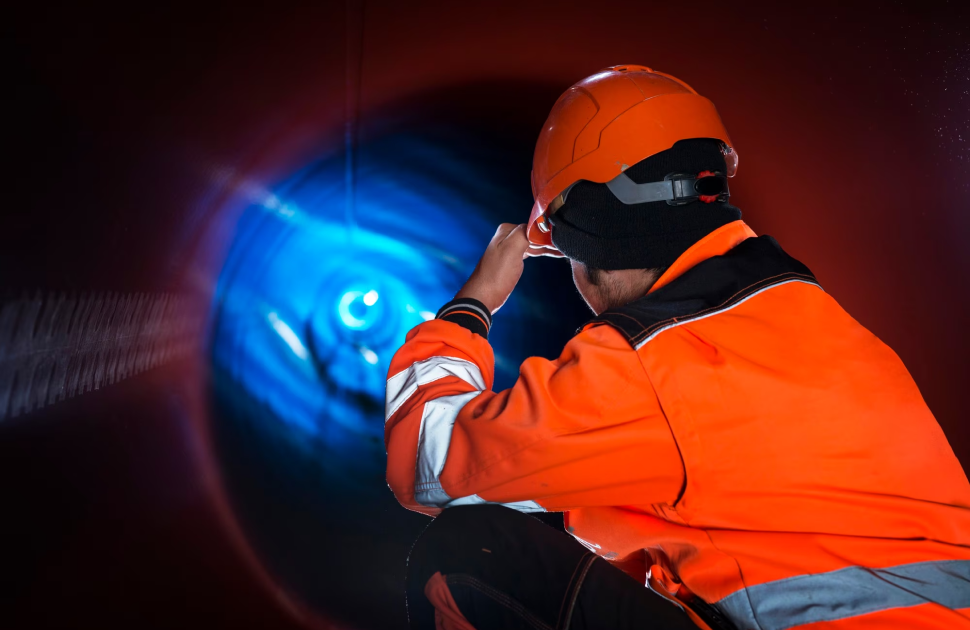Surface inspection is the process of visually examining a material's surface to detect defects or irregularities that may affect its performance or appearance.
Surface inspection is essential for quality control in manufacturing and production industries, where surface defects can have significant consequences, such as product failure, reduced efficiency, and customer dissatisfaction.
Surface inspection techniques vary depending on the type of material and the nature of the defects that need to be detected.
Some common techniques for surface inspection include visual inspection, magnified inspection, fluorescent penetrant inspection, Magnetic Particle Inspection, eddy current inspection, and ultrasonic inspection.
Visual Inspection is the simplest and most commonly used surface inspection technique, and it involves visually examining the material's surface for defects, such as scratches, cracks, or pits.
This NDT Technique is suitable for detecting large and easily visible defects, but it is not suitable for detecting small or hidden defects.
Magnified inspection, on the other hand, involves using magnifying glasses, microscopes, or cameras to examine the material's surface in more detail.
This technique allows for the detection of smaller and more hidden defects, such as surface cracks, voids, or inclusions.
Fluorescent Penetrant Inspection (FPI) is a surface inspection technique that involves applying a fluorescent dye to the material's surface, which penetrates any surface defects.
The dye is then removed, and a developer is applied to the surface to make the dye visible under ultraviolet light.
FPI is a highly sensitive technique that can detect small defects, but it is not suitable for detecting subsurface defects.
Magnetic Particle Inspection (MPI) is a surface inspection technique that involves applying a magnetic field to the material's surface, which attracts magnetic particles to any surface defects.
The particles are then coated with a fluorescent dye, making them visible under ultraviolet light. MPI is a sensitive technique that can detect surface and near-surface defects in ferromagnetic materials.
Eddy Current Inspection (ECI) is a surface inspection technique that involves inducing an Electromagnetic Field into the material's surface, which produces eddy currents.
Any surface defects disrupt the eddy currents, causing changes in the magnetic field that can be detected and analyzed.
ECI is a sensitive technique that can detect small and subsurface defects in conductive materials.
Ultrasonic inspection is a surface inspection technique that involves transmitting high-frequency sound waves into the material's surface and measuring the waves' reflections to detect any defects.
Ultrasonic inspection is a sensitive and versatile technique that can detect a wide range of surface and subsurface defects in various materials.
In conclusion, surface inspection is a crucial aspect of quality control in manufacturing and production industries.
Various surface inspection techniques are available, each with its advantages and limitations, depending on the material and defects that need to be detected.
The selection of the appropriate technique depends on various factors such as the type and size of the material, the nature and location of the defects, and the desired level of sensitivity and accuracy.
A comprehensive understanding of each technique's principles and limitations is essential for accurate and effective surface inspection.

.png)








